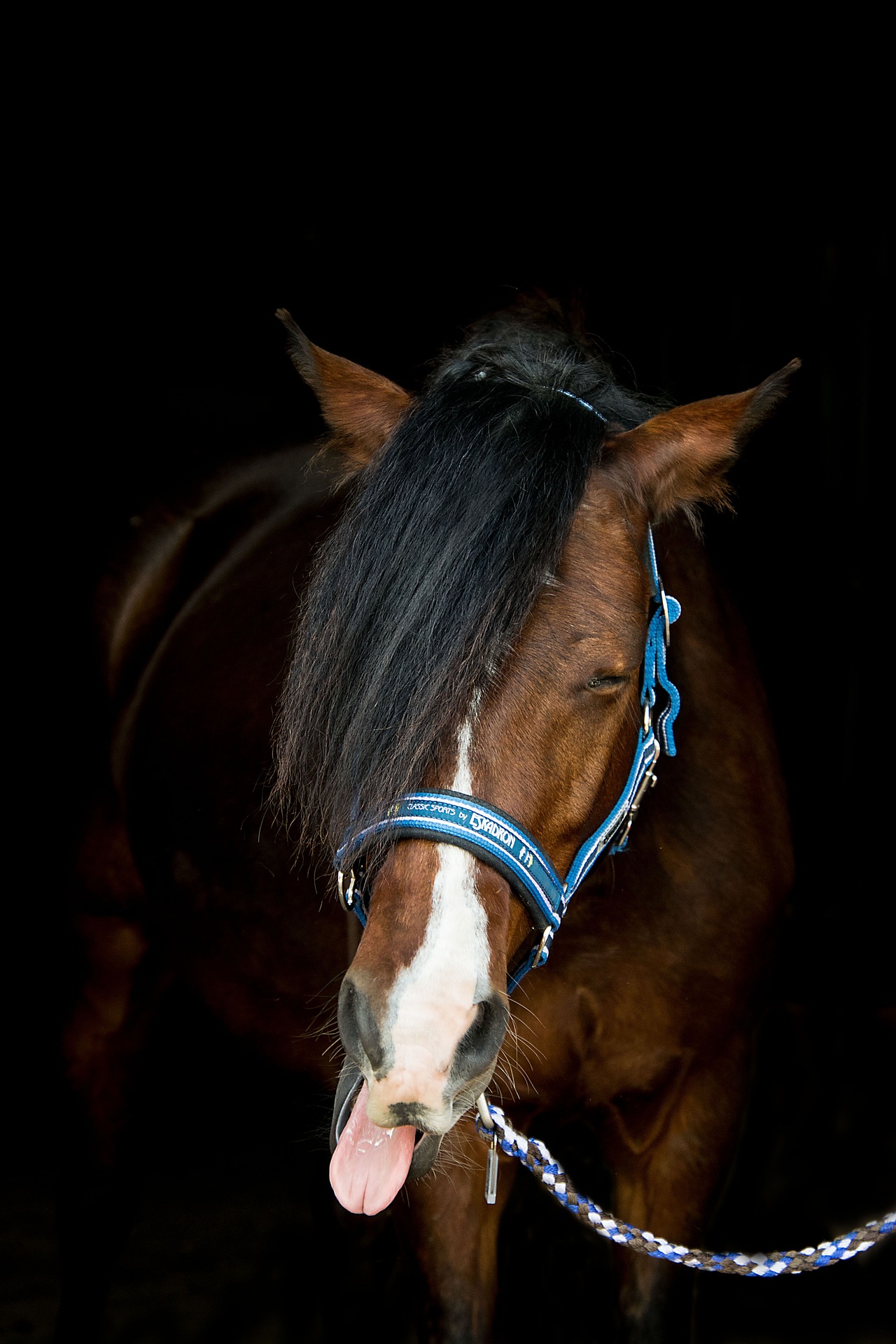As a professional equine body worker, I am often asked why bodywork is so tremendously beneficial for any equine whether you may have a pleasure horse in the back yard or a top Olympic athlete. The response is best articulated addressing the three most prominent aspects: increases performance recovery, creates horse and rider bond, and parasympathetic healing.
Increases Performance Recovery
Fascia release from tension created during training is an essential component of performance recovery. In layman’s terms, fascia, the outer sheathing that protects the muscles and holds things together, gets sticky as a result of muscle tension. It creates soreness and lack of separation within each muscle grouping which reduces the flexibility and extension of all muscle groupings to include all the limbs, neck and spine.
Myelin allows nerve cells to transmit information faster and allows for more readily accessible brain processing. Bodywork as a modality of performance recovery allows for effective myelination.
Another critical component of performance recovery is the development of positive imprinting. The next day after bodywork creates an imprint of a body that feels strong and supple versus tight and sore allowing training to be taken to the next level and imprint a good feeling exercise instead of a negative feeling exercise based on tension and soreness.
Creates Horse and Rider Bond
Bodywork creates a horse’s inner knowing that their rider has allowed a space for them to heal from training soreness. Performance horses and or any horse knows its owner and understands the roles and responsibility of the trainer, the owner, the rider, the vet and the body worker. Such innate knowledge creates a recognizable synergy between human-equine interactions. It is this organic synergy which is fostered by quality bodywork.
When rider and horse are in training it can create an ease of exercises they are asked to perform on that day. Such ease creates a harmony of aids between horse and rider that allows for joy in the work. When a horse feels good in its body and a rider is asked to perform a specific movement, there is less frustration between rider and horse creating both harmony and fluidity in movement.
An additional bond is created via groundwork. Whether it’s training on the ground or simply stretching your horse before and or after riding, I call it “yoga for the equine” which much like yoga for humans fosters a state of balance and equanimity for the horse.
Considering a horse is in his stall, a 12 x 12 box, for much of his career where they cannot do yoga for themselves. It has been my experience that those riders that take the time to stretch their horse reap the benefits of having an even greater understanding in the saddle. I wish that more of my riders would stretch their horses.
Parasympathetic Healing
Horses are fight or flight animals and they are mostly in a sympathetic state of being turned on through human interaction, training, barn activities, etc.,
Parasympathetic feeling is at rest when the horse’s innate healing takes over and bodywork creates that state within the horse on demand.
At rest and/ or in a parasympathetic state the body can work at a cellular level to heal itself whether from training soreness or injury.
Increased performance recovery, enhancement of horse and rider bond, and parasympathetic healing are the fruit of bodywork and the specific reasons behind why I provide this invaluable service for those owners seeking optimal performance from their equine athlete.

